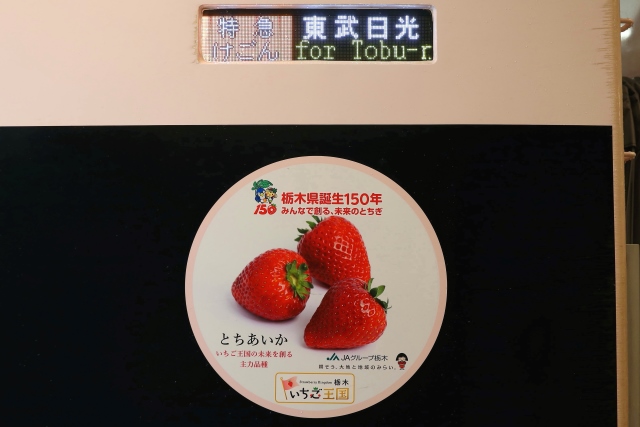It's the end of March already. Time really flies. I recently visited the Green line of Yokohama Municipal Subway for the first time in three years, and found an advent of spring.
Let me quickly review the Green line. It's the second subway line in Yokohama City, opened in 2008. Connecting Nakayama on the JR East-Yokohama line and Hiyoshi on the Tokyu-Toyoko line, the route length is 13.1 kilometers. The electric system is 1,500 V DC with overhead catenaries. The gauge size is 1,435 millimeters. Linear motor technology is adopted for the train driving system, so, you can see a special box, named "reaction plate", between the two rails.
I got off at Kawawa-cho station on the elevated track section, and found that numerous yellow-colored flowers were blooming beautifully in front of the station. They were canola blossoms lovingly cared for by local people. The yellow-colored flowers were very vivid backed by the blue sky and the trains. Winter has gone and spring is here.
I can't be written off here, as this is a rail-fan's blog. Taking this opportunity, I'd like to show you what the trains on the Green line are now. Please look at the top photo. You can see a 6-car train on the track. As you probably have noticed by now, the EMU 10000 series on the Green line are being changed from 4-car to 6-car trains. Along with this, the platforms have also been stretched at all stations. The Green line is still growing.



















